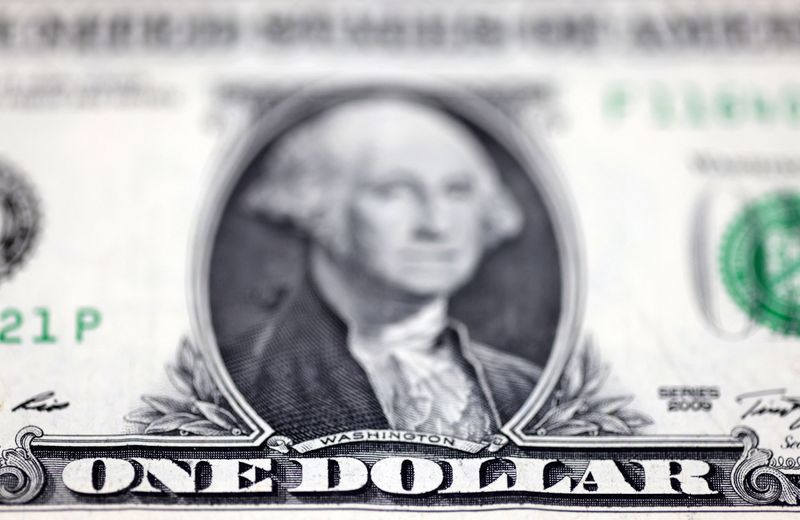By Ambar Warrick
Investing.com -- Most Asian currencies weakened on Friday, while the dollar rebounded in anticipation of more cues on the U.S. economy from nonfarm payrolls data, while markets dialed back bets on an imminent pause in the Federal Reserve’s rate hike cycle.
The Chinese yuan fell 0.2% even as a private survey showed that the country’s massive services sector roared back in January from a four-month lull, after the relaxing of most anti-COVID measures.
But data released earlier this week painted a mixed picture of the manufacturing sector, which could delay a bigger economic recovery this year.
Most currencies exposed to China also retreated. The Singapore dollar fell 0.2%, while the South Korean won fell 0.3%.
Regional units were also pressured by a rebound in the dollar, which rose sharply overnight following strong readings on weekly unemployment claims. The data ramped up concerns that strength in the jobs market could keep inflation higher for longer, necessitating more interest rate hikes by the Federal Reserve.
Markets are now awaiting more cues on the U.S. jobs market from nonfarm payrolls data for January. The dollar index and dollar index futures rose about 0.1% each after a 0.5% bounce, and were set to end the week unchanged.
The dollar was also supported against a basket of currencies by weakness in the euro and the British pound, after their respective central banks hinted at a potential pause in their rate hike cycles this year.
Most Asian currencies were set for a strong performance this week, as traders bet that a potential U.S. recession this year could push the Fed into cutting rates by late-2023. But the central bank gave no such indication, and instead hiked interest rates and said it will continue to act against inflation.
The Japanese yen rose 0.1% on Friday after data showed the country’s services sector grew at a slightly slower-than-expected pace in January. The reading followed data showing a continued decline in the Japanese manufacturing sector.
Weaker-than-expected services sector data weighed on the Indian rupee, which sank 0.2%. The currency was also among the worst performers in Asia this week, down 0.9% amid concerns over stretched fiscal spending after the government unveiled its 2023 budget.
Among Antipodean currencies, the Australian dollar fell 0.2% amid more signs of cooling economic growth in the country, which could push the Reserve Bank into tapering its hawkish stance.
